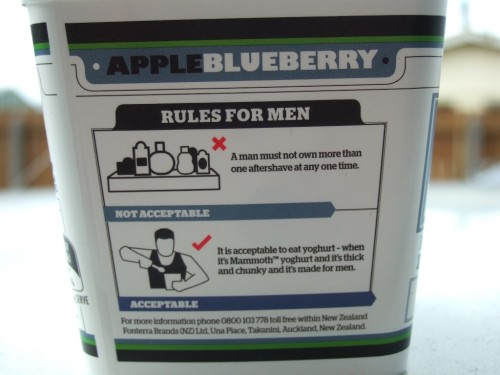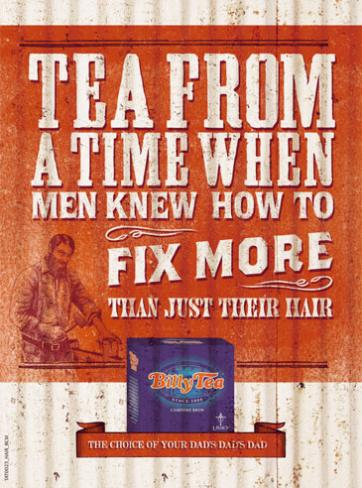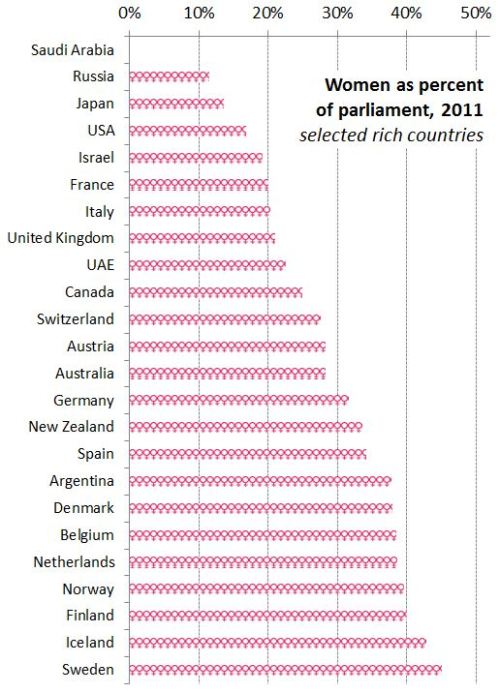Comedians exercise a curious privilege, which allows them to peddle controversial conclusions and uncomfortable insights without suffering the usual scorn and admonishment that comes with challenging systems of power or bringing indelicate knowledge about the world to the surface. For instance, the suggestion that Americans are deeply divided by race and class usually causes people to fidget, yet Chris Rock was greeted with laughter and applause when he unabashedly criticized the racialized wealth gap in the United States. Similarly, Louis C.K. received a rousing applause when he discussed his privilege as a white male, and Hari Kondabolu made an entire room burst into laughter by exposing the nonsensical logic underlying stereotypes aimed at Mexican immigrants.
But comedy is just as likely to reinforce stereotypes as it is to criticize them. Consider Jeff Dunham’s act featuring his popular dummy, “Achmed the Dead Terrorist.” In the clip below, from a 2007 performance, Dunham draws upon a number of stereotypes of Arabs and Muslims, many of which have been around since well before the attacks on September 11th, 2001:
Dunham is not deploying social criticism, but is instead uncritically drawing on racist representations for laughs. Arabs and Muslims, like the Achmed character, are typically portrayed as religious fanatics. They are often depicted as irrationally angry, even as self-proclaimed terrorists. But if they are dangerous, they are dangerous buffoons and are often too incompetent to pull off their own deadly plots.
Comedians can be understood as articulators of knowledge about the world. They contribute to the persistence of stereotypes at times, but can also articulate convincing arguments against them. This holds for other types of comedic performance as well. Political cartoons, comedy sketches, and even situation comedies all peddle indelicate knowledge about the racialized Other. For instance, in “Ali-Baba Bound,” a Looney Tunes cartoon from 1940, Porky Pig runs up against Ali-Baba and his “Dirty Sleeves.” The humor is constructed around a basic scaffolding of the Arab as dirty and sneaky. They are too primitive to competently use rockets and must strap explosives to their heads:
The sneak attack on Pearl Harbor the following year ignited a discursive explosion surrounding the Japanese, those living in America and abroad; for a time Arabs and Muslims occupied a relatively small sliver of American concern. It is striking how eerily similar representations of Japanese persons were to those of Arabs and Muslims. However, fed by photographic evidence of the destruction of Pearl Harbor and the tangible realities associated with the American war machine, dominant representations of the treacherous Japanese Other went further and faster. Each representation of the “Jap” became more and more fanciful, each illustration seemingly emboldened by the last to push the caricature even further.
Celebrated children’s author Dr. Seuss published a cartoon only weeks before the United States would forcibly relocate 120,000 ethnic Japanese persons living in the United States to internment camps. The cartoon depicts a buck-toothed, fifth column of Japanese Americans lining up from Washington to California for their very own box of TNT. A man scales the rooftop of the explosives depot “waiting for the signal from home.”
Or consider a Looney Tunes cartoon from the period, “Tokio Jokio,” which similarly presents Japanese people with buck teeth and buffoonish behavior:
Whereas the Seuss cartoon presents extant fears about a treacherous Japanese enemy living among us, the Looney Tunes cartoon lampoons them as bumbling idiots. In the Seuss cartoon, their tribal-like loyalties to the Emperor mean they are capable of doing just about anything, but in the Looney Tunes cartoon they are too incompetent to prevent their own Fire Prevention Headquarters from burning to the ground. Such seemingly contradictory representations permeated the American imagination of the time, alternately stoking anxieties while assuring Americans of their national and even racial superiority.
These racist representations aimed at the Japanese were not buried by the detonation of two atomic bombs over Japanese cities; they have proven to be free-floating and transferable to our emergent enemies. Today, Arabs and Muslims are routinely depicted in comedy as incompetent. They are again the bumbling idiots, simultaneously too stupid to successfully perpetrate an attack and just stupid enough to commit truly heinous crimes. The imagined fifth column has become the terrorist sleeper cell. In 1942 we feared Japanese Americans were blindly loyal to “their” Emperor. Today we are bombarded with ideas about the tribal loyalties of American Muslims. So powerful are these loyalties, it is often suggested, Muslims would happily kill themselves to bring about the demise of Western civilization. The fanatical Middle Eastern suicide bomber is the new banzai charger and Japanese Kamikazi pilot.
A joke making the rounds of the internet goes something like this: “A friend of mine has started a new business. He’s manufacturing land mines that look like prayer mats. It’s doing well. He says prophets are going through the roof.” This joke, Dunham’s comedy sketch, and the Looney Tunes cartoons all mark historical moments when the racialized Other became so thoroughly demonized and devalued in the public consciousness, our undifferentiated “enemies” became so feared for their treachery and immorality, that it became possible to make light of hypothetical and real violence perpetrated against them. One might speculate that it is strangely intoxicating to spot the boogieman tripping on his shoelaces, embarrassing himself, or dying by his own venom. The Achmed character’s tired threat, “I kill you!” is funny, perhaps, because his voice cracks like a thirteen-year-old boy, and we are entertained by the irony that someone so evil could appear so weak.
This comedy, which uncritically trades in the negative stereotypes aimed at Arabs and Muslims and is able to make an audience laugh at references to suicide bombing, is only possible because Arabs and Muslims have been successfully demonized and devalued. Comedians write jokes to get laughs, but they also operate from a space which grants them temporary license to openly discuss controversial ideas. Comedians contribute to the discourse, just as readily they respond to it, and their sets are just as capable of exposing hidden discrimination as reinforcing it.
Lester Andrist is a Ph.D. candidate at the University of Maryland, College Park, specializing in the role of social capital and personal networks in finding jobs in India and Taiwan and cultural representations of groups in indefinite detention. He is a co-editor of the website The Sociological Cinema, where a longer version of this post first appeared.
Gwen Sharp is an associate professor of sociology at Nevada State College. You can follow her on Twitter at @gwensharpnv.














